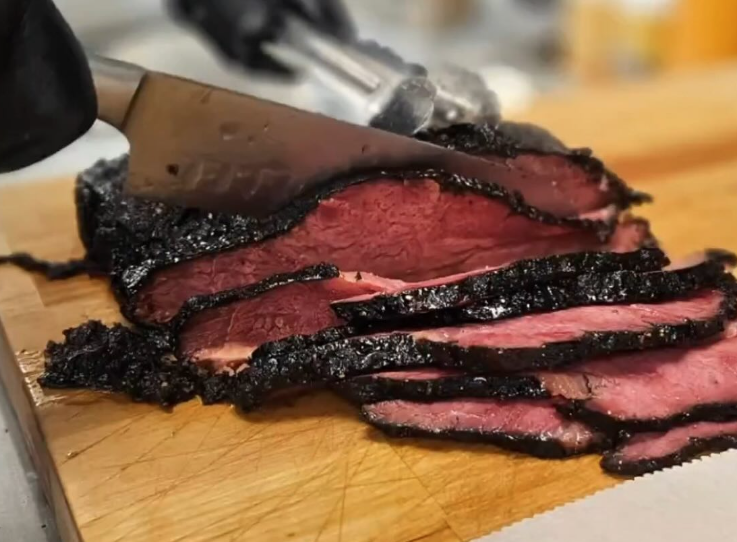
Click here for Greater Long Island newsletters. Click here to download the iPhone app.
Despite fears that the atom smasher at Brookhaven National Lab would form a black hole, gobbling up the entire earth (proven unfounded), there really wasn’t much that Long Island had in common with these massive gravitational points in space. That is, until now.
Vivienne Baldassare, a 2008 graduate of Northport High School, is the first author on a paper that provides evidence for a missing link between small black holes and the supermassive ones that are found in the middle of most large galaxies.
Using our sun as a unit of measurement (called a solar mass), smaller black holes weigh anywhere from 5 to 30 times our home star. Supermassive black holes on the other hand weigh millions or even billions of solar masses.
But what about in between? Where are all the black holes that fit in the middle range, from 100 solar masses to a million? Do small black holes grow up to become supermassive black holes? And how does this happen?
Scientists are a little closer to the answer to these questions thanks to Baldassare and her fellow scientists’ observations that used data from NASA’s Chandra X-ray Observatory. The survey of over 100 galaxies led to signs that black holes are packing on weight by eating up thousands of stars.
“One of the biggest open questions in astrophysics is ‘How do massive black holes form?’” Baldassare said in an interview with GreaterLongIsland.com.
No matter their size, black holes have one thing in common, their gravity is so great that nothing that comes close to one can escape, even light, which is how these objects get their names.
The midrange variety are called intermediate-mass black holes (IMBHs) and in recent years the evidence for their existence has been mounting. But how do you grow from 30 times the mass of the sun to millions of times that size?
Baldassare explained the significance of her team’s discovery.
“The observations I analyze suggest that perhaps massive black holes can form in extremely dense star clusters that live at the centers of some galaxies,” she said.
A post on NASA’s website further explains the findings:
Theoretical work by the team implies that if the density of stars in a cluster — the number packed into a given volume — is above a threshold value, a stellar-mass black hole at the center of the cluster will undergo rapid growth as it pulls in, shreds and ingests the abundant neighboring stars in close proximity.
So, basically a small black home packs on the pounds because it’s lucky to be located in the middle of a massive feast.
“This is exciting because other theories for massive black hole formation rely on particular conditions that are only found in the very early universe,” Baldassare said. “If massive black holes can form in star clusters, they can continue to form up through the present day!”
Baldassare currently works out of Washington State University, where she is an assistant professor of physics and astronomy. But her roots are on Long Island, which is where she fell in love with astronomy.
“I loved the math and physics classes that I took at Northport High School and decided that I wanted to major in physics at university,” she said.
When she went on to CUNY Hunter College, Baldassare had the opportunity to conduct astrophysics research with a professor the summer after her freshman year.
“That research experience is what made me decide to devote my career to studying the universe,” she said.
Baldassare frequently connects with local astronomy buffs through the Astronomical Society of Long Island, where she has given several presentations.
“They are a fantastic group and I would encourage anyone interested in astronomy to go to a meeting,” she said.
Update: NASA’s James Webb Telescope just released one of its first detailed images of an area of the sky “the size of a grain of sand held in your outstretched hand” that reveals thousands of galaxies. The data collected by the James Webb Telescope will help further research on black holes and galaxy evolution.
Top: Portrait of Vivienne Baldassare. (Credit: viviennebaldassare.com)























